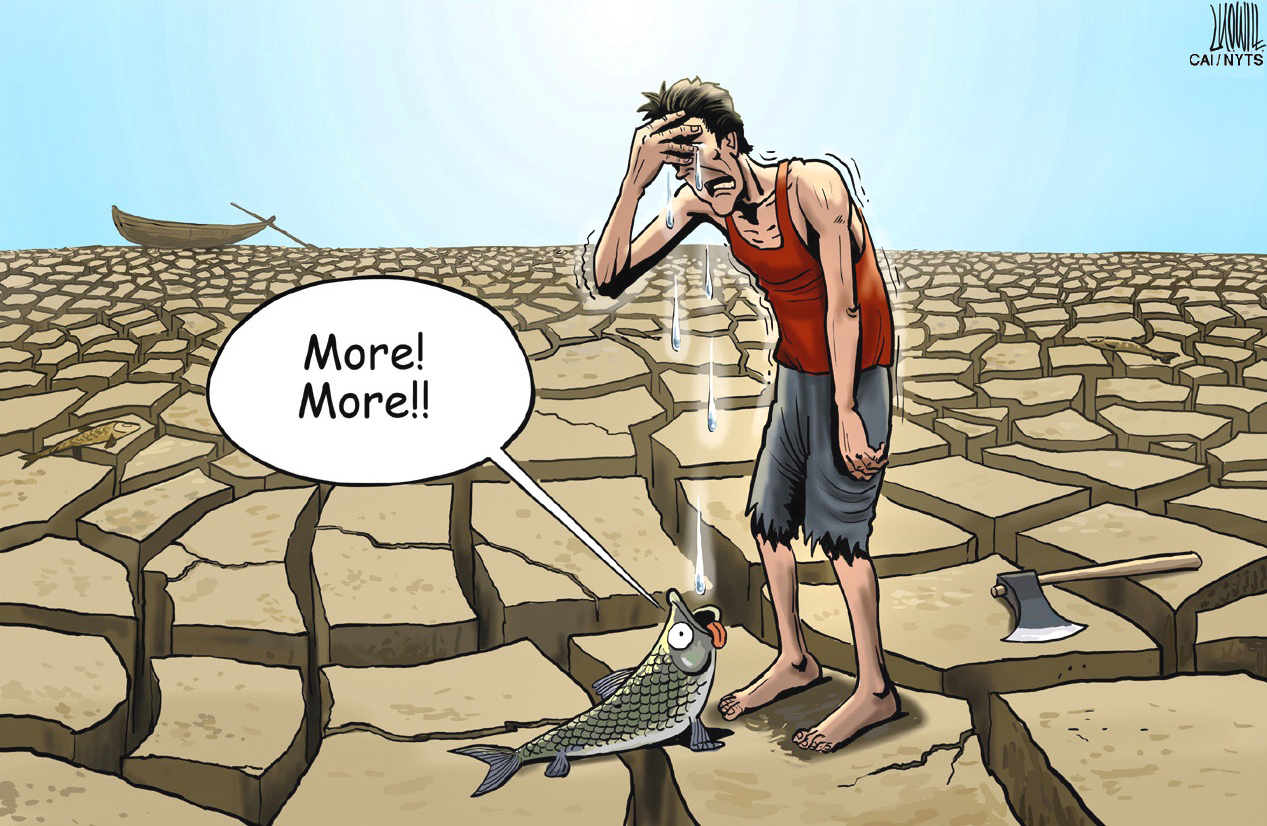The United Nations World Water Development Report confirms what many already know: hundreds of thousands of people in the Middle East and North Africa (MENA) — especially in Algeria, Jordan, Libya, Morocco, Palestine, Sudan, Syria and Yemen — have faced the worst water shortages in decades in 2016. This is the last thing the region needs as it works toward economic growth and diversification.
Multiple factors have contributed to the current situation, including climate change, desertification, water pollution and misuse of natural resources. Inadequate information, education and communications exacerbate many of these challenges, as it reinforces a lack of awareness of — much less commitment to — environmentally friendly practices. Add to that inadequate disaster-risk reduction and management by governments — many of which are dealing with other conflicts and crises — and the situation has become truly dire.
Algeria, for example, has been experiencing its worst drought in five decades. With much of the country's agriculture relying heavily on rainfall, owing to underdeveloped infrastructure, cereal yields are down 40 percent this year. Despite its vast oil and gas wealth, Algeria has failed to ensure sufficient affordable water resources for its population, not to mention adequate employment opportunities. As a result, the country is now being rocked by popular protests.



















With your current subscription plan you can comment on stories. However, before writing your first comment, please create a display name in the Profile section of your subscriber account page.